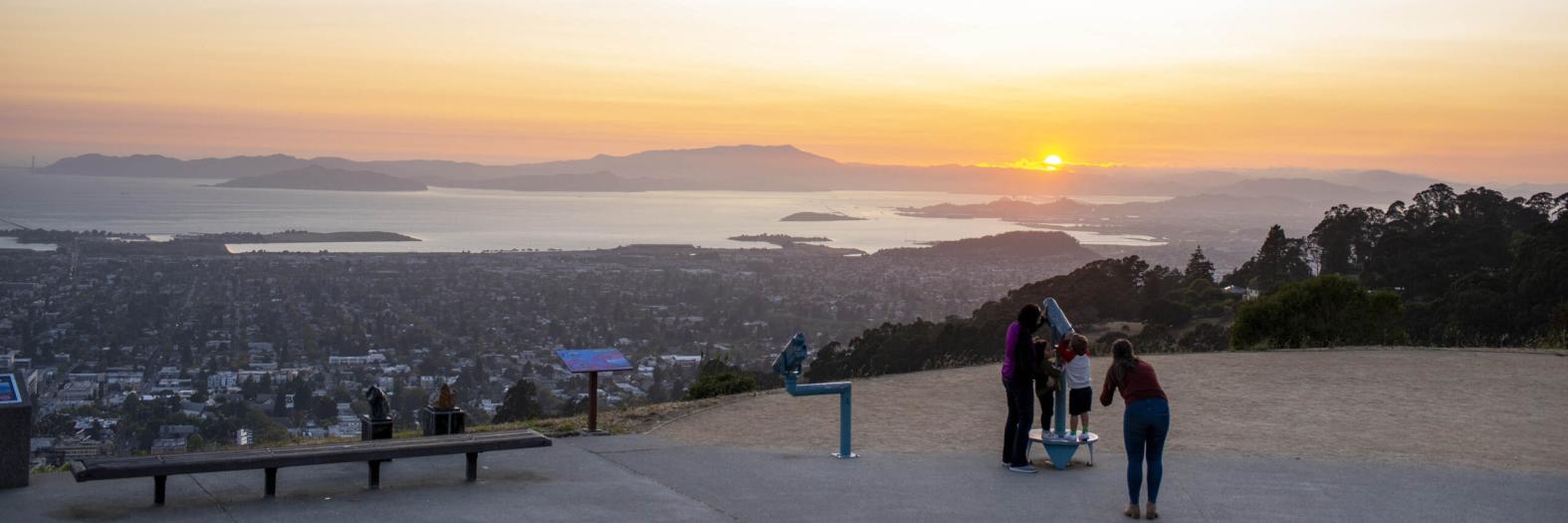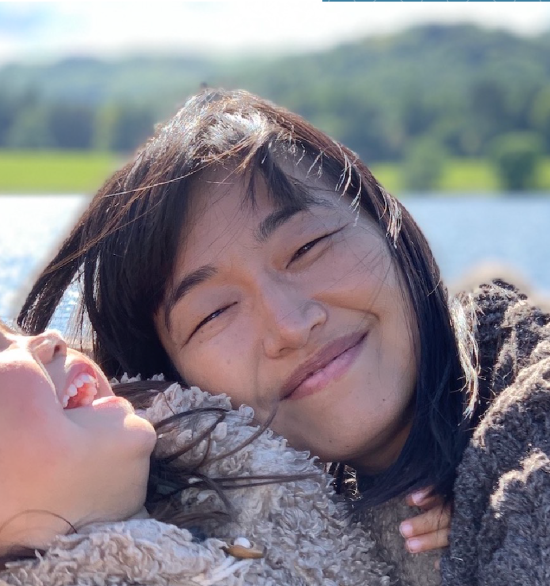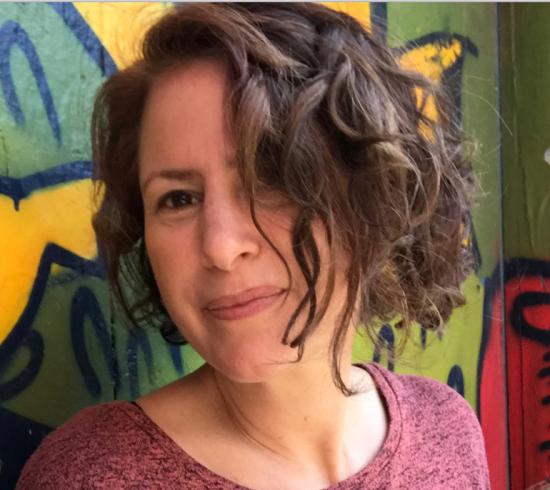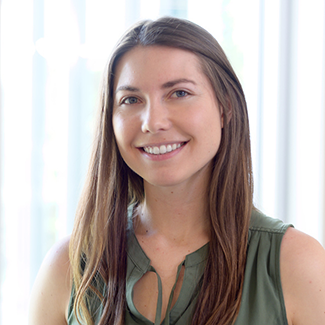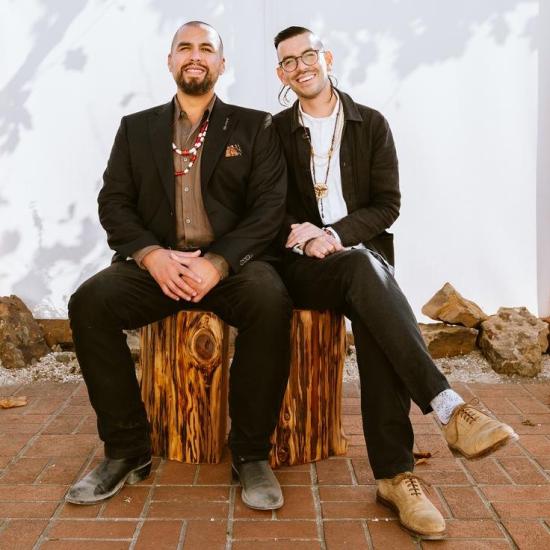Nestled atop the sprawling Berkeley hills and on the ancestral land of the Chochenyo Ohlone stands UC Berkeley’s Lawrence Hall of Science, a place of scientific discovery and exploration. With opportunities to get up close and personal with animals, build and test inventions, and watch engaging 3D films, The Lawrence offers youth a chance to explore their STEM-related interests.
However, one of the many groups that have historically been underrepresented in museum spaces, including the Lawrence Hall of Science, are Indigenous groups. In fact, Indigenous sciences, which is characterized by an engagement with one’s location, embodied cognition, and intergenerational knowledge, is often considered at odds with Western science.
A group of researchers, including the I School’s own Professor Kimiko Ryokai, recently received a grant of $1.29M from the National Science Foundation (NSF) to tackle this challenge. Their project, titled “Supporting Rightful Presence in Museum Spaces: Youth as Participatory Designers of Indigenous Mixed Reality Science Exhibits,” advocates for collaboration between local Indigenous groups and the University’s researchers in order to reach a common goal: engaging the youth and preserving cultural teachings.
The team — composed of researchers from UC Berkeley's Lawrence of Hall of Science and School of Information, and Ohlone cultural association mak-’amham/Cafe Ohlone — hopes to create more welcoming and inclusive informal science learning spaces for Indigenous youth and foster a sense of rightful presence or belonging throughout the course of this three-year-long project.
To achieve these goals, they plan on co-creating exhibits with Ohlone youth that are centered around Indigenous perspectives and culture, using mixed reality technology to create immersive science experiences. The exhibits, which will likely combine aspects of augmented reality and real-world scenery, will hopefully allow visitors to interact with and learn about Indigenous sciences as well as the communities themselves. Throughout this process, the team intends to put power in the hands of the youth by taking on a support role, rather than ideator or inventor.
“Our hope is that the youth are empowered to feel like, ‘Wow, we could be the designers; we could be the decision makers,’” Ryokai explained, “Our goal is that they develop ownership of scientific exhibits and artifacts.”
As a result, the team is eager to see what the future holds and what Ohlone youth and community members will design. To better understand and facilitate this process, they will spend the next year community building with the Ohlone and collective workshopping.
“Historically, innovation in interactive design came from technologists and left out marginalized communities in the process,” Ryokai added, “I am excited that this project serves as an opportunity for us to learn about what the imaginaries of Indigenous youth, their parents, and the elderly, are in informal science learning spaces.”










